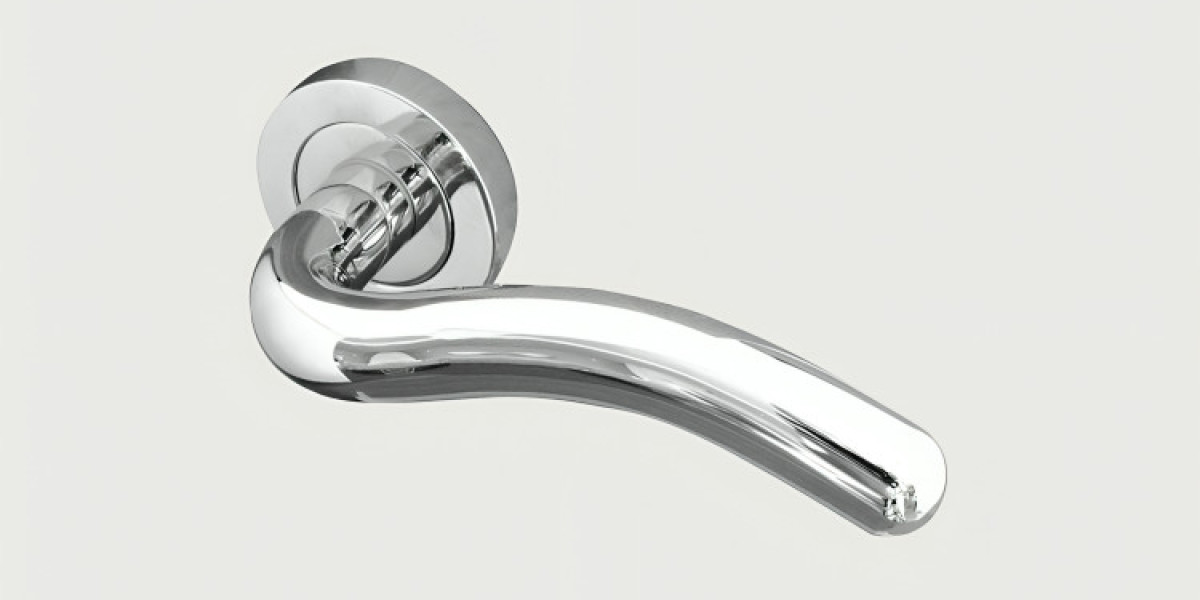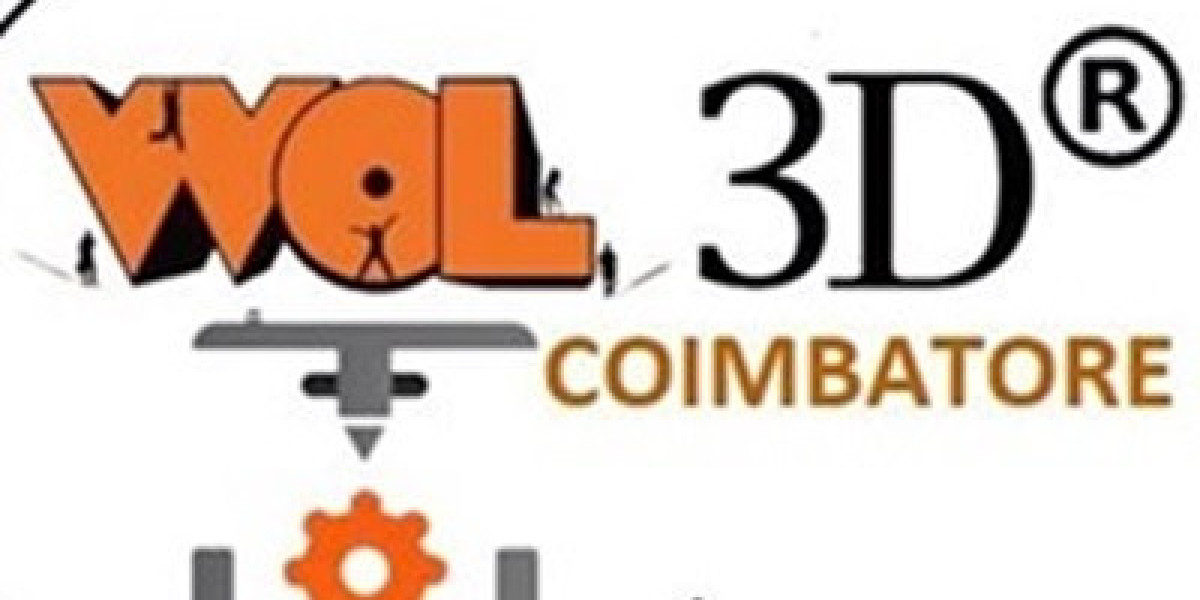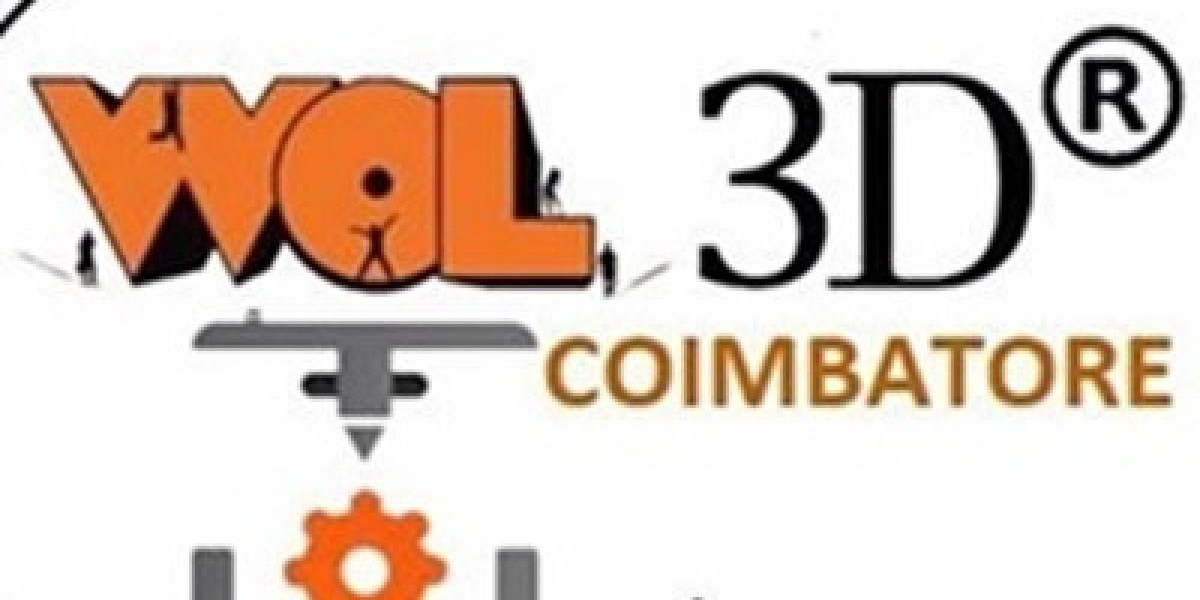Plastic optical components, such as lenses, light guides, and optical sensors, are crucial in a wide range of modern technologies, from consumer electronics to automotive lighting systems. As demand grows for compact, high-performance optical devices, the need for effective and precise manufacturing methods becomes even more critical.
Ultrasonic welding is emerging as a key technology for assembling plastic optical components. The process involves high-frequency sound waves that generate localized heat to bond plastic parts together, offering speed, precision, and clean assembly without adhesives or solvents. However, ultrasonic welding presents a challenge when applied to optical components, as it’s essential not to degrade the optical properties of the materials.
This article investigates how to design plastic optical components that can be effectively joined using ultrasonic plastic welding while maintaining their optical performance. We’ll explore the key considerations, techniques, and applications for integrating optical components in devices like optical sensors, lighting systems, and consumer electronics.
Why Ultrasonic Welding for Plastic Optical Components?
Ultrasonic welding offers several benefits for assembling plastic optical components:
Precision: The ability to precisely control the energy input ensures that delicate components like lenses and light guides are welded without damaging them.
Speed: The ultrasonic welding process is fast, making it ideal for high-volume production, such as in consumer electronics and automotive lighting.
No Contaminants: Unlike adhesives, ultrasonic welding doesn’t introduce chemicals or contaminants that could affect the optical clarity or performance of components.
Strong and Reliable Joints: When applied correctly, ultrasonic welding creates strong, durable joints that can withstand mechanical stress without compromising the optical properties of the materials.
However, the challenge with ultrasonic welding in optical applications is to ensure that the process doesn’t negatively impact the transparency, light transmission, or surface finish of the optical components. Careful design is essential to avoid disrupting the delicate balance of performance and aesthetics.
Material Considerations for Optical Components
The materials used in plastic optical components, such as lenses and light guides, must have specific characteristics to ensure high optical performance. Common materials used in optical components include:
Polycarbonate (PC): Known for its toughness and optical clarity, polycarbonate is commonly used in lenses, light guides, and other optical parts.
Acrylic (PMMA): Acrylic is another popular material for optical applications due to its high transparency and ease of processing.
Cyclic Olefin Copolymer (COC): COC is used for its low optical distortion and low moisture absorption, making it ideal for high-precision optical components.
Polyethylene Terephthalate Glycol (PETG): PETG combines the transparency of acrylic with the durability of polycarbonate, often used for optical components where clarity and strength are needed.
Each of these materials has different thermal properties and energy absorption characteristics, which can affect the ultrasonic welding process. Therefore, understanding the material's melt temperature, heat resistance, and energy absorption is crucial to avoid compromising the optical clarity or structure.
Key Material Properties for Ultrasonic Welding
Melt Temperature: Optical components made from materials with higher melt temperatures, like polycarbonate, are more suitable for ultrasonic plastic welding. Materials with a lower melt temperature might deform or degrade under excessive heat.
Energy Absorption: Different plastics absorb ultrasonic energy at different rates. Materials that absorb energy too quickly can warp or discolor, while others may not absorb enough, resulting in weak welds.
Transparency: Maintaining transparency is essential for optical components. Ultrasonic welding should not cause clouding or distortion of the surface, which can happen if the energy is not carefully controlled.
Surface Finish: The surface finish of optical components must be maintained during the welding process to ensure that light transmission remains unaffected. Surface damage can cause scattering or reflection, reducing optical performance.
Understanding these material properties will help determine the optimal ultrasonic welding parameters and tooling design.
Design Strategies for Ultrasonic Welding of Optical Components
1. Joint Design
The joint design is critical when welding plastic optical components. The goal is to create a strong bond without compromising the optical properties of the materials.
Energy Directors
Energy directors are key to directing ultrasonic energy precisely to the joint. They are typically small raised areas on the weld interface that focus the energy where it’s needed most. For optical components, energy directors must be designed to:
Minimise Material Displacement: The design should prevent the part from distorting or shifting during welding.
Avoid Obstructing Light Paths: Energy directors should not interfere with the light transmission path, especially in components like light guides or lenses where clarity is essential.
Shallow and Well-Placed: In optical components, shallow energy directors are ideal because deep or high energy directors could distort the surface or introduce stress concentrations.
Butt and Step Joints
Butt joints and step joints are commonly used for joining plastic optical components. A butt joint aligns the two parts directly, while a step joint adds a more stable connection by creating a stepped interface.
Both joint types should be designed to provide a large contact area while minimising the impact on the optical surface. The key is to create strong bonds without compromising the light transmission through the welded section.
Overlap Joints
Overlap joints can be used to connect optical components with different thicknesses or geometries. These joints provide additional surface area for bonding and help maintain the overall integrity of the component. However, in optical devices, care must be taken to ensure that the overlap does not create unnecessary light reflections or interference.
2. Tooling Design
The tooling used for ultrasonic welding plays a significant role in achieving a successful joint, especially for optical components.
Horn Design
The ultrasonic horn (sonotrode) is the part that applies the ultrasonic energy to the plastic components. For optical parts, the horn must be carefully designed to:
Distribute Energy Evenly: The horn should be designed to focus energy on the joint area without affecting the entire part.
Minimise Surface Damage: Because optical components are highly sensitive to surface imperfections, the horn should be polished or have a soft interface to prevent marking or clouding.
Fit the Geometry of the Components: The horn should be custom-designed to match the shape and size of the optical components being welded, ensuring uniform pressure and energy distribution.
Fixture Design
The fixture holds the components in place during welding, ensuring proper alignment. For optical components, the fixture must:
Maintain Precise Alignment: Any misalignment during welding can result in distorted parts or weak bonds.
Avoid Contact with Optical Surfaces: The fixture should support the components without damaging or marking the optical surfaces, particularly when the parts are clear or transparent.
3. Welding Parameters
For ultrasonic welding of optical components, the welding parameters must be carefully adjusted to avoid damaging the material:
Low Amplitude: Lower amplitude settings should be used to prevent excessive heat generation, which can lead to optical distortion or clouding.
Short Weld Duration: The welding cycle should be as short as possible to minimize heat exposure and ensure that the optical properties are maintained.
Controlled Pressure: The pressure applied during welding must be finely controlled to avoid distorting the optical component or introducing stress cracks.
Applications in Optical Components
1. Optical Sensors
Ultrasonic welding is widely used in the assembly of optical sensors, where precise, strong, and clean joints are essential for functionality. These sensors are often used in automotive, medical, and industrial applications, and the optical properties must be maintained for accurate light detection.
2. Lighting Components
Plastic optical components such as light guides, lenses, and diffusers are crucial in lighting applications. Ultrasonic welding enables manufacturers to create seamless, precise joints without affecting light transmission, ensuring that lighting components such as automotive headlights or consumer lighting products perform at their best.
3. Consumer Electronics with Integrated Optics
In consumer electronics like smartphones, cameras, and smart glasses, optical components are integrated into the device’s design. Ultrasonic welding provides a fast and reliable method for joining small plastic optical components, ensuring that the functionality of devices like camera lenses or display screens is not compromised.
Conclusion
Designing for ultrasonic welding of plastic optical components presents unique challenges. By carefully considering the material properties, joint design, tooling, and welding parameters, manufacturers can create strong, durable, and optically transparent bonds. Ultrasonic welding offers a reliable and efficient method for assembling optical components without compromising their performance, making it ideal for industries such as automotive lighting, consumer electronics, and optical sensors.
As optical technologies continue to evolve, ultrasonic welding will remain a critical process in the production of high-performance optical components, ensuring that devices meet both mechanical and optical requirements with precision.








